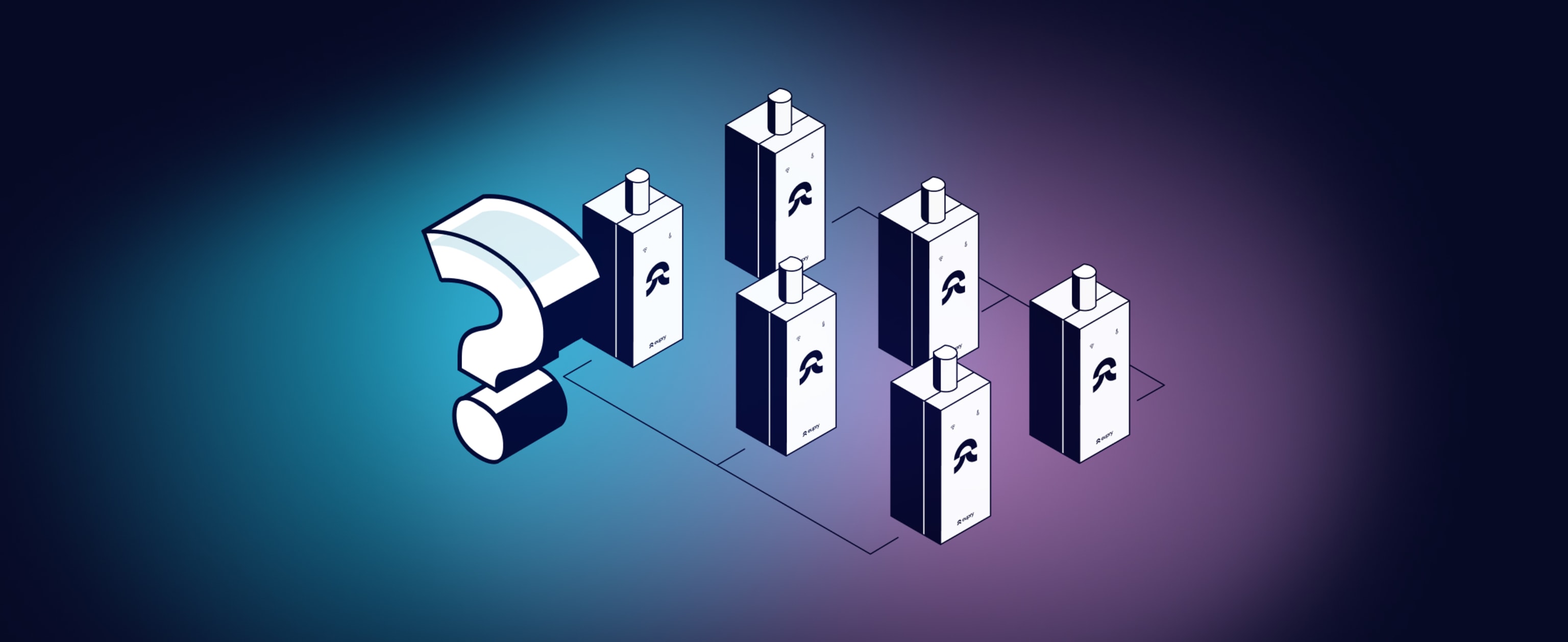
5 things to look for in a temperature compliance solution (and 11 issues it solves)

Jakob Konradsen

Estimated reading time: 4 minutes
Ever felt ensnared in the endless loop of traditional temperature monitoring, data logger calibration, and mapping studies?
A connected temperature compliance solution incorporates ALL your temperature compliance efforts and data into one digital solution.
But how do they work, and what features and functionality should you be looking for?
In the article, we go through:

6 ways to spend less time on manual temperature compliance
There are ways to make temperature compliance much simpler and less time-consuming.
This guide outlines how.
What is a temperature compliance solution?
First things first. A temperature compliance solution is a connected digital solution that unifies and automates (big) parts of temperature monitoring, mapping, and data logger calibration.
The goal is to minimize the time you spend on manual work and make room for more meaningful tasks. A big step in the work to simplify temperature compliance in your business.
How does a temperature compliance solution work and what to look for?
Through technology, a temperature compliance solution allows the automation of traditionally manual task-heavy areas within temperature monitoring and related compliance processes for GMP and GDP.
Connected temperature compliance solutions will often include these 5 things:
- Automation of tasks: Automation and digitalization of temperature monitoring including the option to rent or purchase wireless data loggers (and scale the amount up and down to your needs)
- Uniting data: Digital storage of all temperature-related data in one place including calibration certificates, monitoring records, and deviations.
- Compliance reporting: Simple export and reporting options for audits.
- Calibration included: Accredited calibration of data loggers as part of the solution. Tip! Look for a solution that includes a process for handling calibrations quickly (for mappings) and simultaneously (for monitoring) – in other words, where calibration of all your data loggers can be done fast and in one go.
- Mapping fit: Software and equipment designed for temperature mapping.

Talk to a specialist
Have questions about utilizing a temperature complaince solution in your organization? Book a free consultation with one of our compliance specialists.
11 issues a collected temperature compliance solution will solve
The digitalization, automation of manual processes, and consolidation of data will make it easier to handle monitoring, mapping, and calibration as integrated parts of one, combined compliance strategy and thereby solve many of the challenges that often accompany the temperature compliance field.
Also read: How to unify temperature compliance to minimize manual work
Having an all-in-one temperature compliance solution will:
- Remove bottlenecks: Easy access to shared data will make collaboration simpler and minimize misalignments between functions.
- Ease processes: Having all data in one platform will simplify the design of quality procedures as well as set up, validation, and reporting processes.
- Create consistency: The aligned data and online access will simply work to ensure a unified compliance approach across the business.
- Minimize disruptions: Calibration disruptions of the operations will be reduced to a minimum when all calibrations can be done at once.
- Secure compliance: Automation means that manual errors will be minimal and processes simplified and aligned.
- Allow growth: Global availability will ease the onboarding of new units and locations in a shared temperature compliance process.
- Lessen frustrations: Previously manual tasks will be automated, and your team will be free to focus on more motivating work.
- Reduce costs: Collecting the expenses for temperature compliance for one solution will give you a better financial overview and (most likely) reduce collected costs.
- Decrease idle time: Costly idle time waiting for calibrations during mappings is reduced as the calibration will be done quickly and the certificates uploaded digitally immediately and automatically.
- Reduce mapping mistakes due to calibrations: If calibration is needed during mappings, the data logger is removed from its location, and it is easy to mistakenly mix up their placements, leading to errors.
- Reduce stakeholders: Having calibration as part of your monitoring solution will remove a stakeholder from the picture.

Gain full control over your temperature compliance
Collect and automate temperature compliance with Eupry’s compliance solution – integrating monitoring, mapping, and calibration into one GxP-compliant package.
